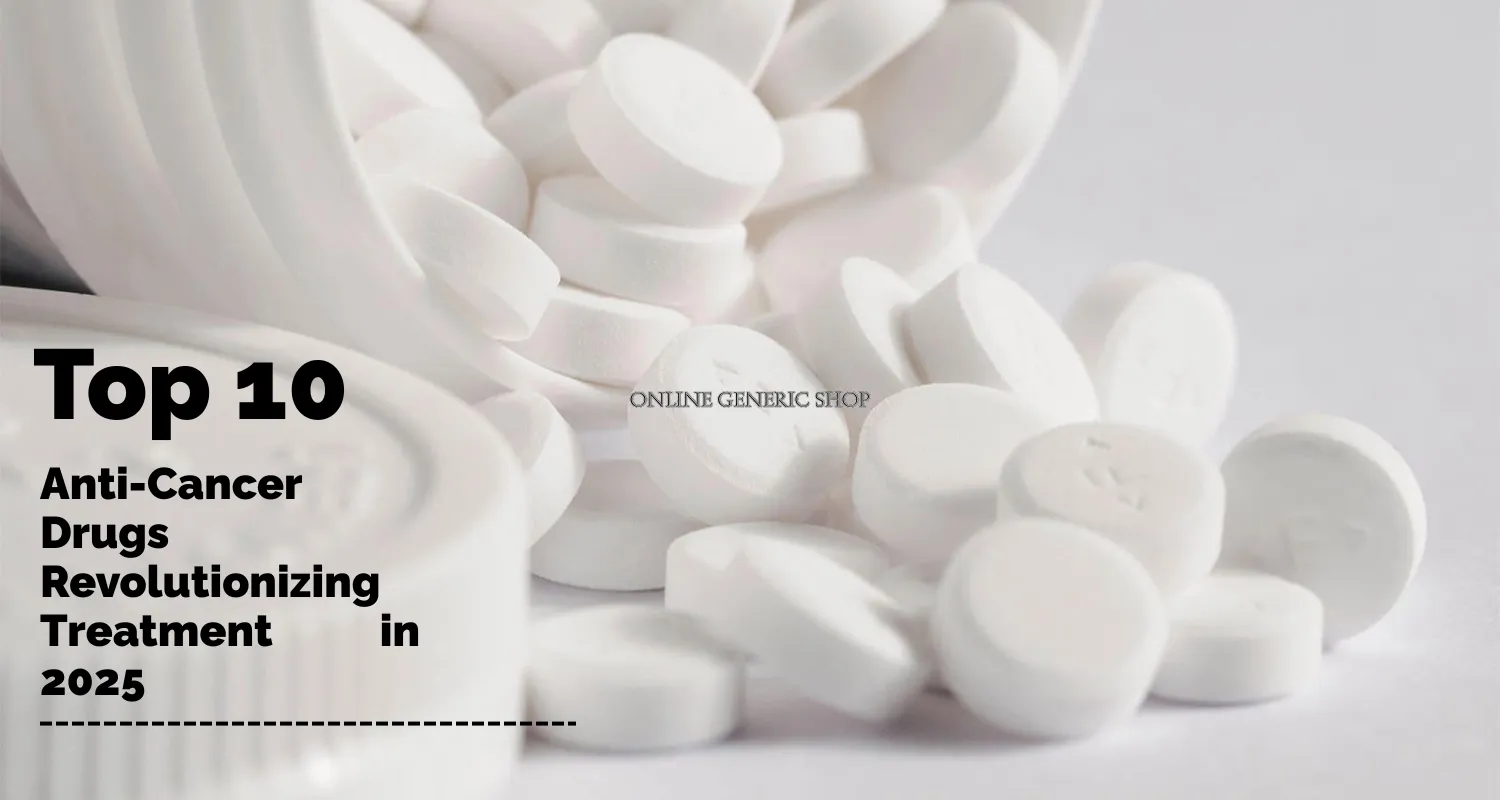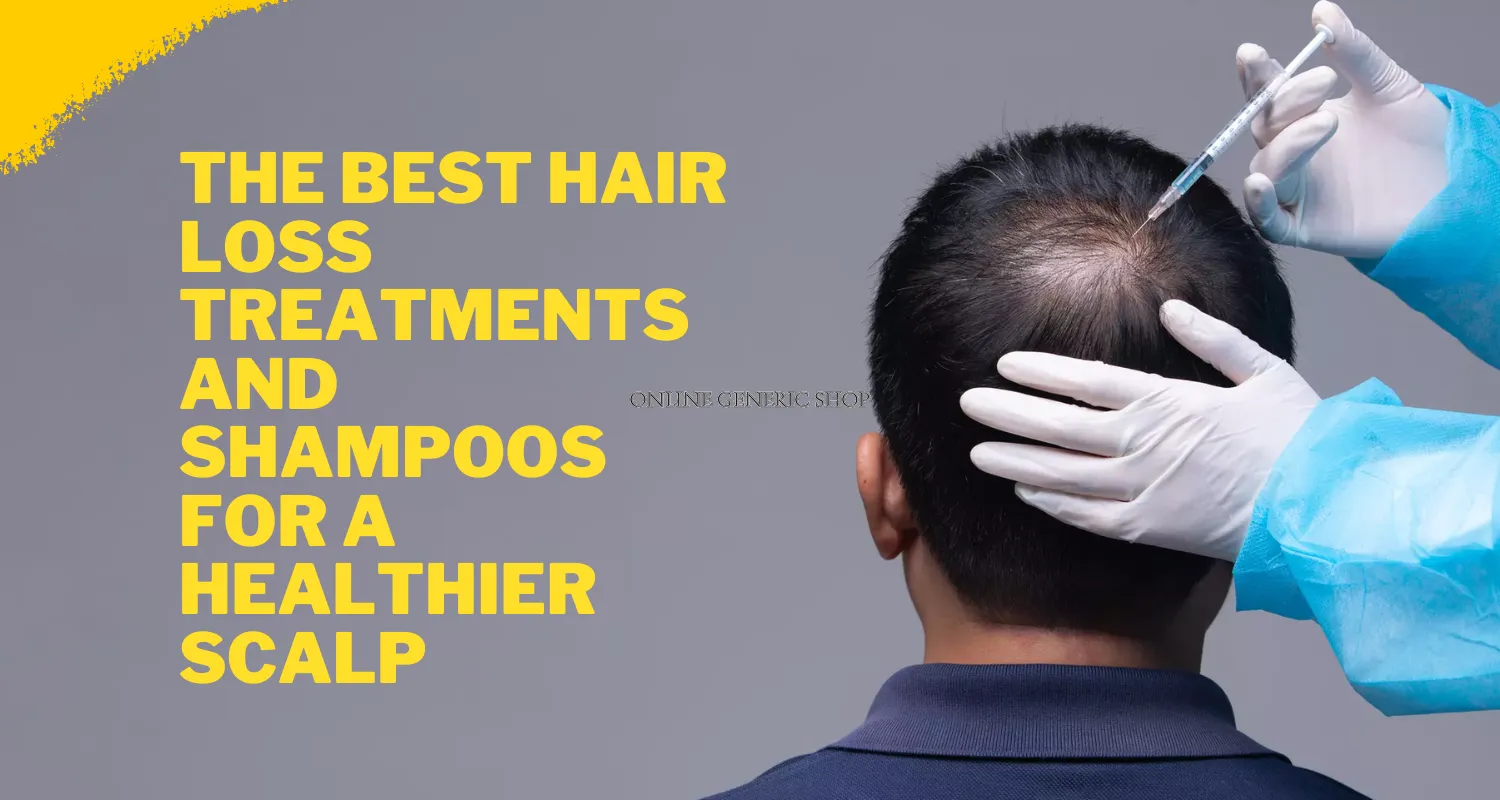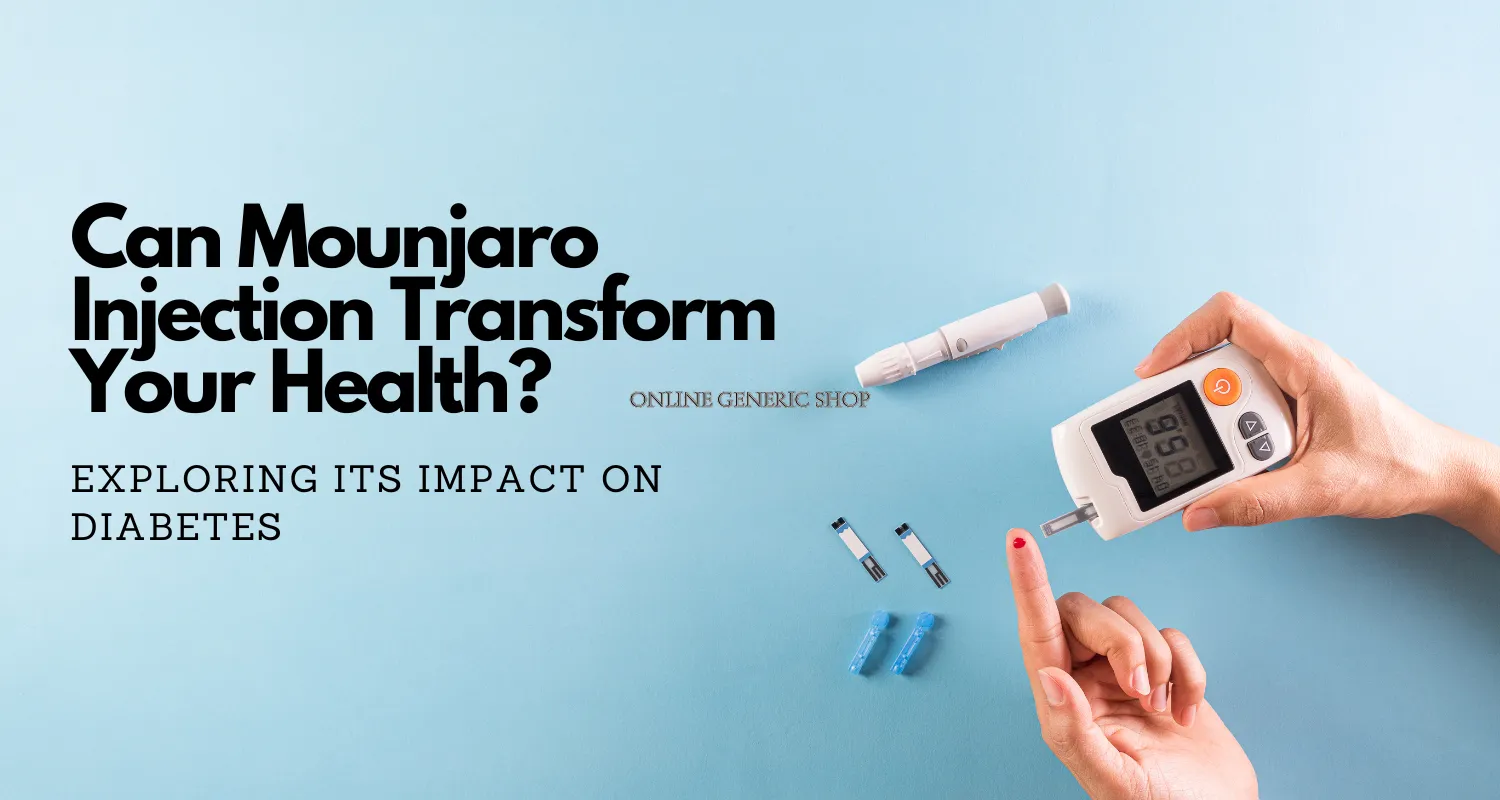2025 Snapshot: Erectile Dysfunction

2025 Snapshot: Erectile Dysfunction
1. Prevalence & Risk Trends
-
It’s estimated that by 2025, about 322 million men globally are or will be affected by ED. BioMed Central+2Grand View Research+2
-
In the U.S., common data points suggest millions of men are affected. Exact numbers vary, but ED remains a widespread condition, especially among those with predisposing factors (age, chronic diseases, etc.). B Brand+3Verywell Health+3BioMed Central+3
-
ED is not confined to older age now. Younger men (under 40) are reporting more ED, often mild or moderate, associated with lifestyle (stress, poor diet, sedentary behavior), mental health (anxiety, depression), and co-existing health issues. B Brand+2BioMed Central+2
2. Major Risk Factors Driving ED
These are the factors worsening ED prevalence or severity in 2025:
-
Chronic Diseases: Diabetes, obesity, hypertension, cardiovascular disease remain among top causes. ED is very common in diabetic men (prevalence estimates ranging from ~35-90%) depending on disease duration and control. BioMed Central
-
Lifestyle: Sedentary lifestyles, poor diet, obesity, smoking, and alcohol use continue to be major contributors.
-
Mental Health & Stress: Increasingly prominent. Anxiety, depression, stress from work/life balance, even issues like sleep disturbances, are recognized contributors.
-
Medications & Medical Interventions: Some drugs, surgeries, prostate issues contribute. Also we see more awareness about how procedures (e.g. prostate surgery) and imaging methods may help predict or influence risk. arXiv
3. Treatment Landscape: What’s New or Emerging
2025 is bringing in more than just “the old blue pill.” Some of the newer or more promising options:
-
Regenerative Therapies:
-
Stem-cell therapies and adipose-derived stem cell approaches are being studied. SpringerLink+1
-
Multimodal regenerative protocols (combining stem cells, shockwave therapy, etc.) show promise in some early trials — improvements in erectile scores have been recorded. Frontiers
-
-
Low-Intensity Shockwave Therapy (LiSWT):
-
More precise devices are becoming available. This therapy is non-invasive, has low side effects, and is gaining traction especially for vascular ED. Medamor Health+1
-
-
Improved Telehealth and Online ED Services:
-
More telemedicine platforms offering ED consults, prescription of FDA-approved drugs (like sildenafil, tadalafil), with discreet delivery. These services are helping men in remote / underserved areas or those seeking privacy. Eden Telemed+1
-
But there’s regulatory uncertainty ahead (see below).
-
-
Supplements, lifestyle medicine, and holistic approaches:
-
Emphasis on improving diet, exercise, weight loss, controlling blood sugar, reducing alcohol/smoking, mental health support.
-
Natural or plant-based supplements or enhancers are increasingly popular as adjuncts.
-
4. Legal, Regulatory & Access Issues
These are important because they shape how easily people can get help, especially via online or virtual care.
-
Telehealth Prescribing Flexibility: During the COVID-19 public health emergency, many barriers to prescribing via telehealth were relaxed (e.g. no in-person requirement). As of 2025, many of these flexibilities are still active but with deadlines. If not made permanent, services may face rollback. We Can't Go Backwards
-
Insurance & Reimbursement: Coverage by private insurers and Medicare/Medicaid varies. Sometimes telehealth visits for ED are reimbursed similarly to in-person, sometimes not. This affects cost and accessibility. We Can't Go Backwards
-
Market Growth: The ED drugs market is growing strongly. For example, in “top 7 markets” including the U.S., EU, Japan, etc., the market value was about USD 2 billion in 2024, and is projected to reach ~USD 4.5 billion by 2035. EIN Presswire
-
Research & Regulation of New Treatments: Regenerative treatments, stem cell therapies, etc., are often in early/experimental stages. Regulation, safety, standardization remain big concerns.
5. Barriers & Challenges
-
Stigma & Underreporting: Many men still do not seek medical help due to embarrassment, privacy concerns, or thinking ED is just “normal aging.”
-
Costs: Brand medication costs are high; for people without good insurance or with high deductibles, affordability is a major obstacle. Supplement and device costs may also be steep and not covered by insurance.
-
Access: Rural vs urban disparities; some areas lack specialists; legal/insurance/regulatory hurdles for telehealth prescribers.
-
Safety & Quality: Many over-the-counter supplements or “enhancement” products are unregulated or of questionable quality. Patients may be misled by false claims or unsafe practices.
What It Means for 2025 & How People Can Adapt
Given this current landscape, here are key implications and what people (and providers) should be doing:
-
Early Screening: Men with risk factors (diabetes, heart disease, obesity) should be proactively asked about ED by primary care providers. ED is often a marker for cardiovascular health.
-
Telehealth Use with Caution: Telehealth offers great access and privacy, but make sure the platform is legitimate, licensed, and follows legal requirements (especially state / federal telemedicine rules).
-
Regenerative and Non-Drug Options: For those who can access these, exploring therapies like shockwave, stem cells, device aids may offer longer-term benefit beyond just symptom relief.
-
Lifestyle Interventions: They continue to be foundational — diet, exercise, sleep, stress reduction. These reduce risk and improve outcomes, often at low cost.
-
Combining Treatments: Sometimes a mix — medication + device + lifestyle changes + therapy — produces better results.
-
Education & Destigmatization: More open discussions, better patient education, and improved doctor-patient communication are crucial.


